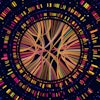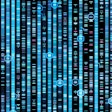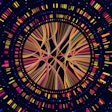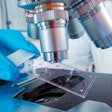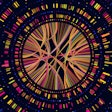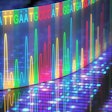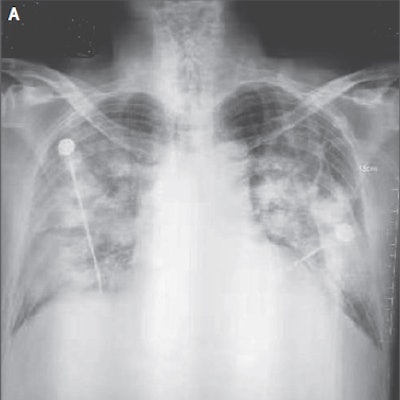
The use of molecular techniques and DNA sequencing in three patients with severe pneumonia helped detect the novel coronavirus at the heart of a global public health scare, according to a case report by the Chinese Center for Disease Control and Prevention published online January 24 in the New England Journal of Medicine.
"Next-generation sequencing and bioinformatics are changing the way we can respond to infectious disease outbreaks, improving our understanding of disease occurrence and transmission, accelerating the identification of pathogens, and promoting data sharing," co-first author Na Zhu, PhD, and colleagues wrote.
For their investigation, researchers from various governmental and healthcare institutions throughout China analyzed the lung samples of three patients suspected of being infected with the new betacoronavirus (2019-nCoV). The coronavirus has been linked to the Huanan seafood market in Wuhan, and studies into the outbreak are ongoing.
Each of the patients presented with a combination of fever, cough, and chest discomfort. Bronchoalveolar-lavage fluid samples were analyzed for 22 pathogens (18 viruses and four bacteria) and then unbiased, high-throughput sequencing was performed. Electron micrographs of the coronavirus particles showed that they were spherically shaped with some pleomorphism.
The patients underwent chest x-ray and computed tomography (CT) exams that showed pneumonia-like findings, which the researchers referred to as "novel coronavirus-infected pneumonia." The radiographs of the one patient who died showed an increase in density, profusion, and confluence of bilateral opacities over time, in addition to the accumulation of pleural fluid.
 Chest radiographs of a patient with the coronavirus show bilateral fluffy opacities on day 8 (A) with increased density, profusion, and confluence, as well as accumulation of pleural liquid on day 11 (B). Image courtesy of NEJM. © 2020.
Chest radiographs of a patient with the coronavirus show bilateral fluffy opacities on day 8 (A) with increased density, profusion, and confluence, as well as accumulation of pleural liquid on day 11 (B). Image courtesy of NEJM. © 2020.The combination of human epithelial airway cell culture analysis, transmission electron microscopy, whole genome sequencing, and imaging techniques allowed for "visualization and detection of [a] new human coronavirus that can possibly elude identification by traditional approaches," the authors wrote. "Further development of accurate and rapid methods to identify unknown respiratory pathogens is still needed."
As of January 24, at least 830 cases were reported in Thailand, Japan, South Korea, Singapore, Vietnam, Taiwan, Nepal, and the U.S., according to another article in NEJM by researchers at the U.S. National Institute of Allergy and Infectious Diseases (NIAID). At that time, there were 26 deaths linked to the coronavirus.
In mild or subclinical cases, people who have been infected might not seek treatment and will work or travel, creating a risk for transmission, disrupting health systems, and causing economic losses, wrote NIAID scientist Vincent Munster, PhD, and colleagues in a Perspective article published January 24.
"This possibility warrants the current aggressive response aimed at tracing and diagnosing every infected patient and thereby breaking the transmission chain of 2019-nCoV," Munster and colleagues wrote.



